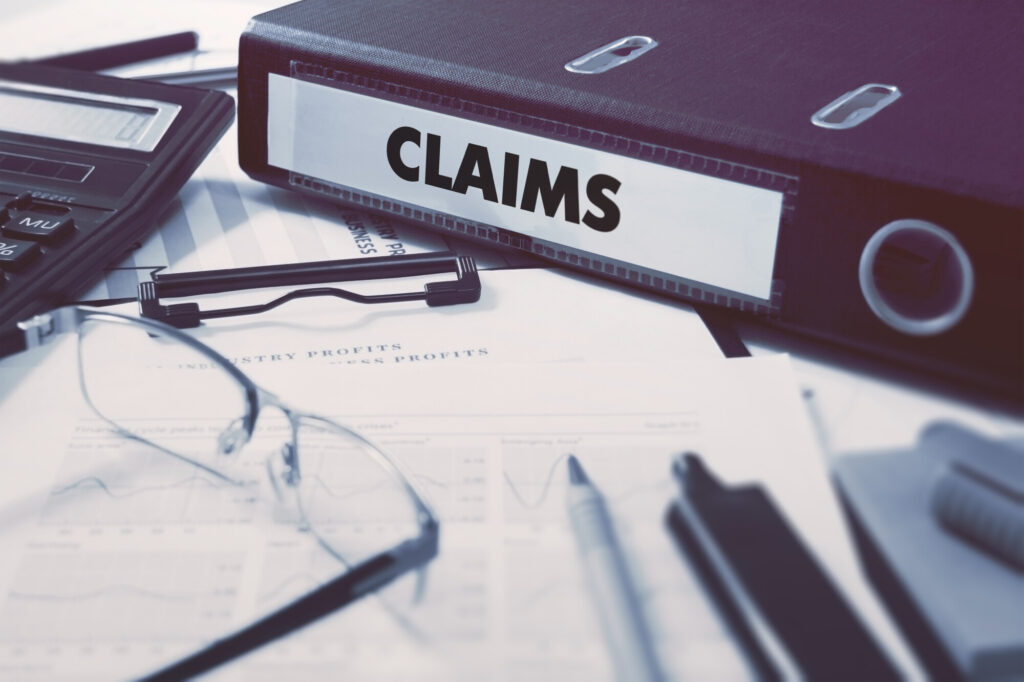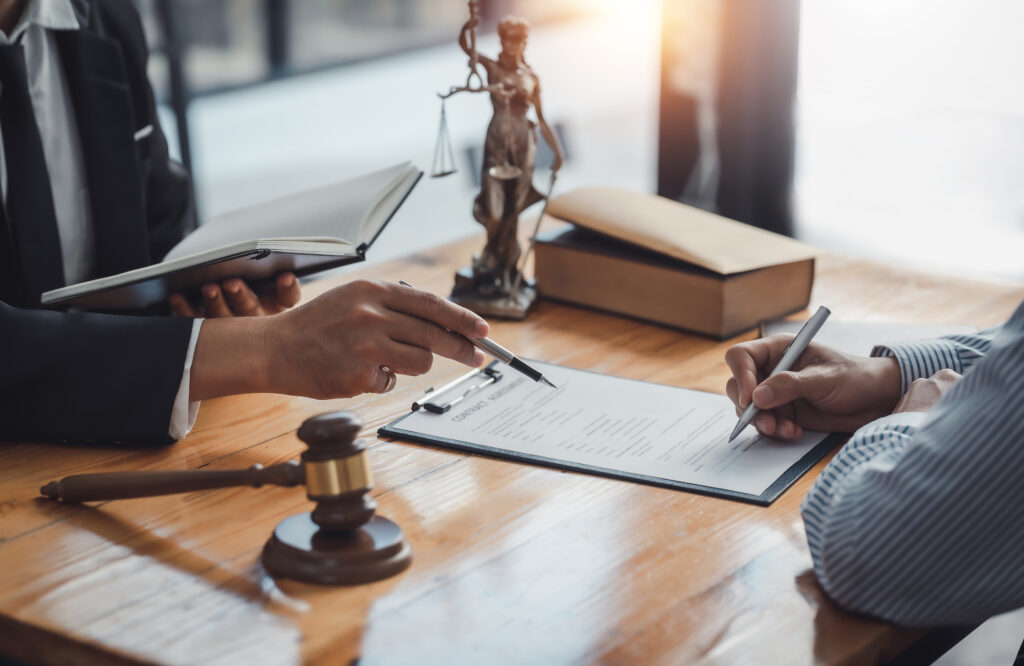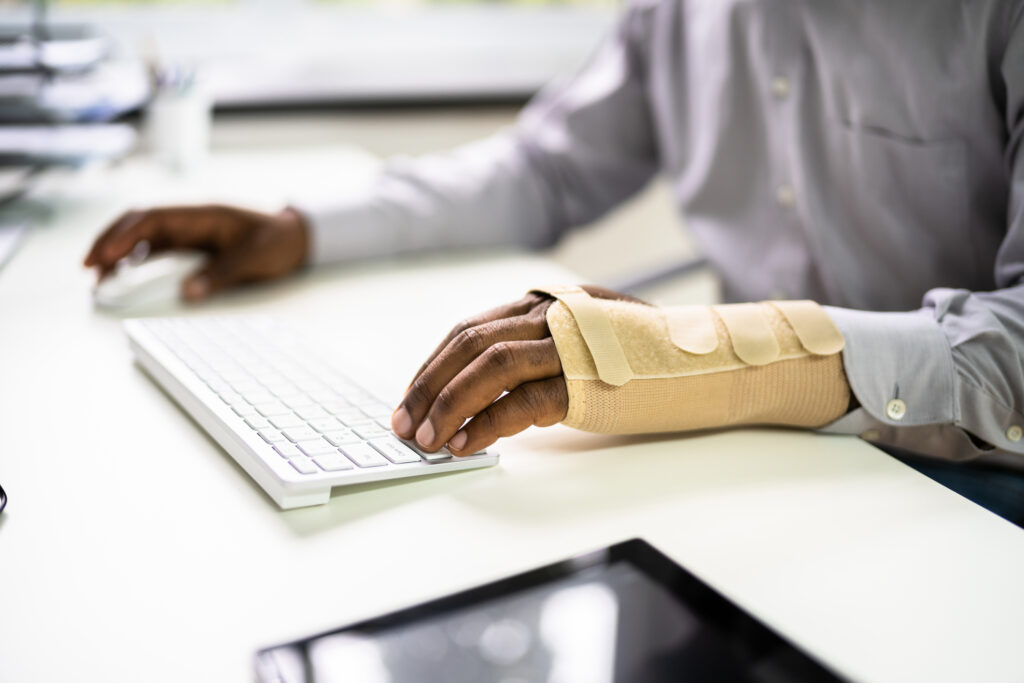
Every year, there are more than five million auto accidents across the US. Of these accidents, 1,916,000 crashes involved injury, and 33,244 crashes involved death.
Two million drivers each year experience permanent injury due to an auto accident.
The simple reality is that being a victim in an auto accident can profoundly impact your life. Between injuries, damages, and expenses, an auto accident personal injury claim is complex.
You might be wondering about the personal injury claim process. Many who are victims of an auto accident will choose to file a personal injury claim to seek compensation.
Read on to learn about the claim filing process so you’re prepared.
Filing a Personal Injury Claim
If you were in an auto accident at the fault of another driver, they should be held responsible. A driver has a duty of care, and when they breach their duty of care to other motorists and cause an accident, the at-fault driver can be held responsible for damages
This liability allows you to file a personal injury claim against them.
While the process might feel daunting, it follows a familiar pattern. When you file the personal injury claim, you can expect to:
- Hire a personal injury attorney
- Learn the laws governing personal injury
- File a complaint
- Gather evidence
- Attempt to settle
- Go to trial, if necessary
The good news is that once you hire a personal injury attorney, you can focus on healing and let the attorney work through the process on your behalf.
Hiring a Personal Injury Attorney

While many people initially feel overwhelmed and reluctant to hire an attorney, it’s the best way to protect your interests. It’s not uncommon for insurance companies to move for a quick settlement to pay less.
You also should know that in California, there is a claim filing deadline of two years from the date of the accident. There are some exceptions to this.
It’s not uncommon for car accident victims to discover a car accident injury sometime later. Shock can keep them from feeling the pain that later presents itself and requires medical care.
The two-year statute of limitations window can get extended to when the injuries are discovered.
It’s also worth noting that an auto accident with a vehicle from a government agency has a shorter window to file a claim, only six months.
The more quickly you can hire a personal injury attorney, the better. You want to look for someone with experience to handle your case.
How a Personal Injury Claim Works
Filing a personal injury claim is the formal process of one party, typically the injured party, filing a formal claim against the liable party.
As the plaintiff in the case, filing a claim says you believe the defendant should be held accountable for damages due to the accident. More on damages shortly.
Let’s take a closer look at how a personal injury claim is likely to proceed.
Gathering Evidence
The first step for your personal injury attorney will be to gather some evidence in the case. The attorney needs to be able to show the liability of the other driver with the personal injury claim documents and other evidence.
Typically the attorney will:
- Look at the police report
- Consider witness statements
- Consider your injuries and damages
Once the attorney understands the accident, the case will move to the next step.
Get Medical Attention
It’s imperative to seek medical treatment right away following an accident. You want to connect your injuries to the accident.
If you were treated at the time of the accident, continue to follow medical directives completely. If you have new medical issues that arise since the accident, it’s important to see a doctor right away.
Following the medical treatment plan throughout the course of your case and keeping the medical documentation will be an important component of your claim.
Demand Letter
The formal beginning of a personal injury case is the demand letter. In this letter, the case is laid out to the liable party.
The demand letter will detail why the other party and their insurance party should pay damages.
These reasons will include the following:
- Reasons the defendant is legally responsible or has liability
- Summary of the injuries
- Medical treatments and their cost
- Wages lost from missed work
- Damages
- Pain and suffering
This letter goes to the liable party, their attorney if they have one, and their insurance company.
Insurance Review
The insurance company will review the demand letter. They likely have an adjuster involved in the case.
It’s not likely, but they might approve the amount listed in the demand letter.
They may claim injuries aren’t from the accident or aren’t the fault of their insured driver. The insurance may say there is evidence missing to support the claims made in the letter.
Filing a Formal Complaint
If the insurance company doesn’t agree to the terms in the demand letter, your attorney will move on to the next step in the process. They will file a complaint.
This notifies the court and all parties involved that a lawsuit is being filed for damages due to a personal injury accident. It also informs all parties that you’re seeking compensation for damages.
The complaint will detail the involved parties, the presiding court in the case, and the defendant’s legal claims. It will also include facts and evidence to support the claim and demand a judgment in the amount you’re seeking.
Discovery
The next step is the discovery phase of the case. Your attorney and the defendant’s attorney will begin to gather more detailed evidence.
Documentation of medical records and expenses will be needed. Missed wages will need to be documented. It’s likely your attorney will seek any surveillance videos that help to show the accident. Copies of the police report and insurance policies will also be compiled.
They will likely question witnesses and involved parties on the record. Supporting documents will be collected to prove the evidence, like medical bills and lost wages.
Negotiation and Settlement
In a typical personal injury case, the types of personal injuries suffered will be the focus. The attorney will want to use this as they work through discovery.
As the case progresses through discovery, the parties negotiate to reach a settlement.
Trial
Only small percentages of cases actually go to trial. Usually, once the evidence in the case builds up, the insurance company becomes more willing to settle.
A case going to trial can be a significant risk for the insurance company, which may get a large verdict for the plaintiff.
Your attorney can continue to advise you about whether it’s smarter to settle or to proceed to trial with your case.
What Damages Can You Seek in a Personal Injury Claim

One of the reasons it’s so important to have a personal injury attorney is they understand the many things that could be included as damages. Often victims don’t realize the many things that should be included in the claim for damages.
Damages should include:
- Medical bills
- Lost wages and lost earning potential
- Property damage
- Funeral and burial costs
- Ambulatory costs
- Long term care
- Rehabilitative care
The attorney will also know how to calculate pain and suffering damages. This will include things like pain and suffering, loss of enjoyment in life, and emotional distress.
Understanding the Personal Injury Claim Process
The personal injury claim process might feel daunting to an injured victim. It’s why hiring an experienced attorney is important for getting the compensation you deserve.
If you were in a car accident and need an attorney, we can help. Contact us to meet for your free case consultation so we can get to work for you.


